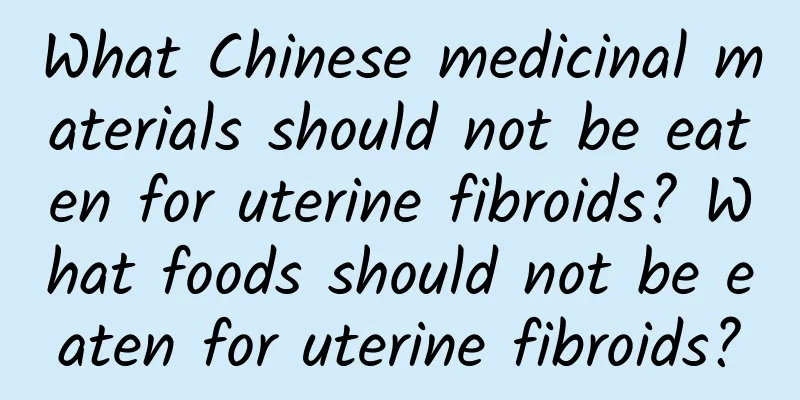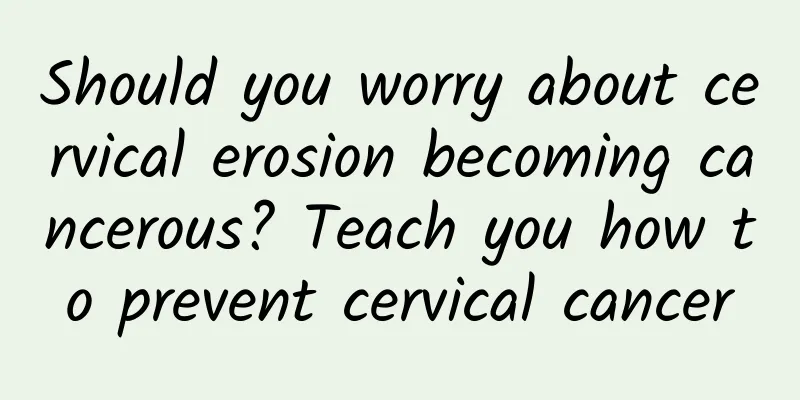Is embolization effective for treating adenomyosis?

|
The effect of embolization treatment for adenomyosis varies from person to person, but this method has good clinical effects on relieving dysmenorrhea and controlling the disease, and is especially suitable for patients who do not want to have their uterus removed. The specific efficacy is affected by the extent of adenomyosis, the patient's age, and the course of the disease. It is recommended to make a comprehensive evaluation under the guidance of a professional doctor before making a choice. In addition to embolization treatment, drug therapy and surgery can also be considered. 1 Principles and effects of embolization therapy: Uterine artery embolization (UAE) blocks the blood supply to adenomyosis lesions to improve symptoms. This method is minimally invasive and effective, especially in relieving severe dysmenorrhea and reducing menstrual flow. Research data show that most patients will have significant improvement in symptoms after surgery, but the probability of complete cure is low, and about 5%-10% of patients may need further treatment. 2 Applicable population and risks of embolization therapy: This treatment method is more suitable for women with severe symptoms who do not plan to have children. The advantage is that the uterus does not need to be removed, but complications may occur, such as postoperative infection, impaired ovarian function, or chronic pain. It is recommended to use detailed imaging examinations to determine the extent of the lesion and blood supply characteristics before evaluating whether this method is suitable. 3Other treatment options: ① Drug treatment: The use of gonadotropin-releasing hormone agonist GnRH-a, levonorgestrel intrauterine contraceptive system Mirena, etc. can effectively relieve dysmenorrhea and is suitable for patients with mild to moderate symptoms. ② Conservative surgery: Adenomyoma removal is suitable for patients who want to have children, but there is a risk of recurrence. ③Hysterectomy: For patients with severe symptoms and who need radical treatment, hysterectomy is currently the only way to completely eliminate the lesions, but it will result in permanent loss of fertility. Adenomyosis requires multidisciplinary management, and there is not only one treatment option. A tailored plan should be made based on symptoms, lesion severity, and fertility needs. Embolization therapy, as a conservative, minimally invasive procedure, is ideal for relieving symptoms, but it is necessary to weigh the possible risks and carefully screen the appropriate population. If you have any questions, it is recommended to consult a gynecologist or related expert at a regular hospital to develop the most appropriate treatment plan. |
<<: Can I use cupping during my menstrual period?
>>: How many days of pregnancy does spontaneous abortion usually occur?
Recommend
What fruits should not be eaten for dysmenorrhea? Cold foods
Only by paying attention to dietary matters durin...
What are the symptoms of moderate cervical erosion?
What are the characteristics of moderate cervical...
What harm does menopause bring to women?
Menstruation will accompany women for most of the...
8 foods rich in folic acid during pregnancy
8 Foods Rich in Folic Acid It is recommended to s...
What causes irregular menstruation? 4 causes of irregular menstruation
Normal menstruation is an important sign of matur...
Is Bartholinitis contagious during the incubation period?
Bartholinitis is a gynecological disease caused b...
What should women pay attention to when using Kang suppositories for cervicitis? 7 principles of using Kang suppositories for cervicitis
Gongjingyankang suppository is a commonly used tr...
Superconducting visual painless abortion is very safe!
Are you still worried about an unexpected pregnan...
What are the dangers of female pelvic peritonitis
The harm caused by pelvic peritonitis. Pelvic per...
What items should be checked for abortion
Abortion is the first choice for women with unwan...
How to treat infertility after abortion? It is recommended to treat infertility caused by abortion
Ms. Chen, 34 years old, had not gotten pregnant f...
Can I detect if I had induced abortion before? Let's take a look
Many girls do not have a good sense of self-prote...
Is there any self-diagnosis method for Bartholinitis?
Bartholinitis is a disease that is harmful to phy...
Will pelvic effusion recur?
The examination and diagnosis of pathological pel...
How much does Bartholinitis cost?
Nowadays, more and more female friends are suffer...









